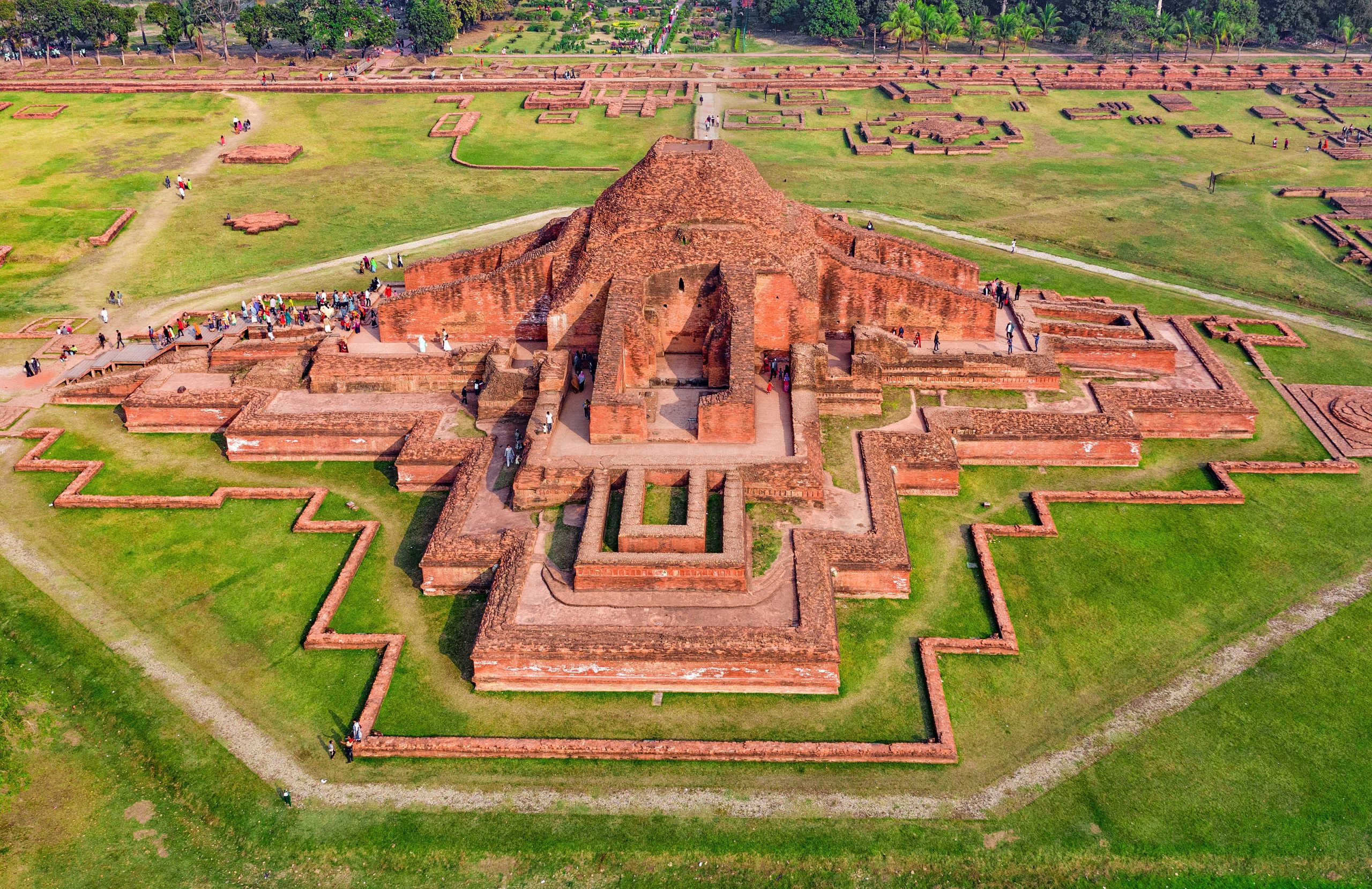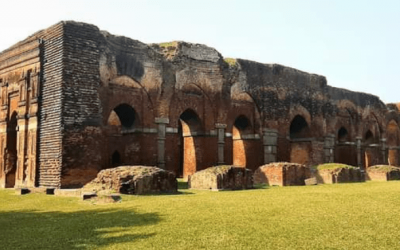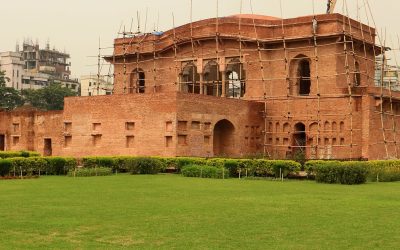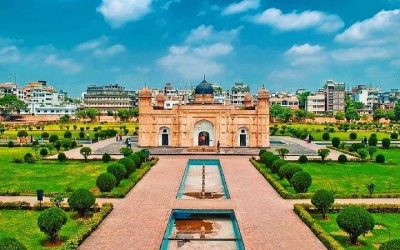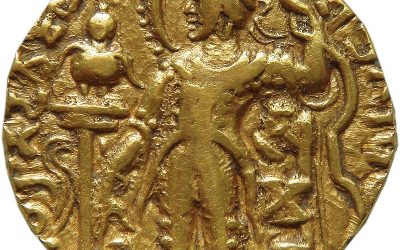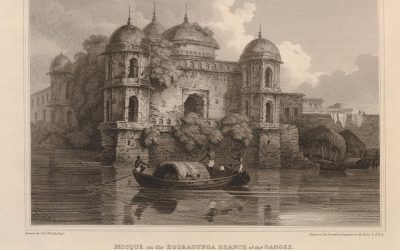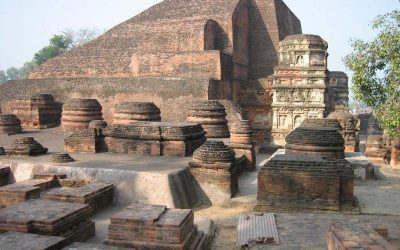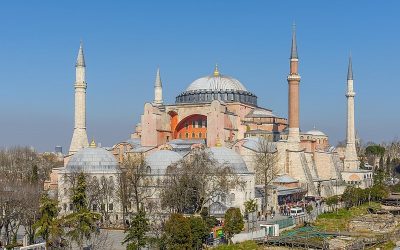The Paharpur Buddhist Temple, also known as the “Mahasthangarh Temple,” is a historic Buddhist temple located in the Paharpur area of Bangladesh. It is a UNESCO World Heritage Site, and is considered one of the finest examples of Buddhist architecture in South Asia. The temple was built in the 7th century, during the Pala Dynasty, and is believed to have been a major center of Buddhist learning and worship.
The Paharpur Buddhist Temple is an impressive structure, and is noted for its size and architectural style. The temple is built on a raised platform, and is surrounded by a series of arched galleries that are supported by pillars. The galleries are covered by a series of domes, which are arranged in a circular pattern around the central courtyard. The walls of the temple are adorned with intricate carvings and frescoes, which depict scenes from the life of the Buddha and the teachings of Buddhism.
The interior of the Paharpur Buddhist Temple is spacious and open, with a central courtyard surrounded by prayer halls on all four sides. The main shrine is located in the center of the courtyard, and is surrounded by a series of smaller shrines and altars. The shrine is decorated with statues and images of the Buddha, as well as other religious artifacts. The temple is also home to a number of monks, who live and study in the surrounding monasteries.
The Paharpur Buddhist Temple is an important place of worship for the Buddhist community in Bangladesh, and is also a popular tourist attraction. Visitors can take guided tours of the temple to learn more about its history and architecture, and explore the beautiful galleries and courtyard. The temple is open to the public, and visitors are welcome to enter the courtyard and explore the galleries. Visitors are also encouraged to visit the nearby museum, which contains a collection of artifacts and exhibits related to the history of the temple.
The Paharpur Buddhist Temple is a testament to the skill and creativity of the architects and craftsmen who built it, and is a testament to the rich cultural and religious traditions of Buddhism in South Asia. The temple is a symbol of the enduring influence of Buddhism in the region, and is an important part of the cultural and historical heritage of Bangladesh. It is a place of peace and contemplation, and is a place where people of all faiths can come to learn more about the teachings of the Buddha and the principles of Buddhism. So, it is a very important place for the Buddhists in Bangladesh.

